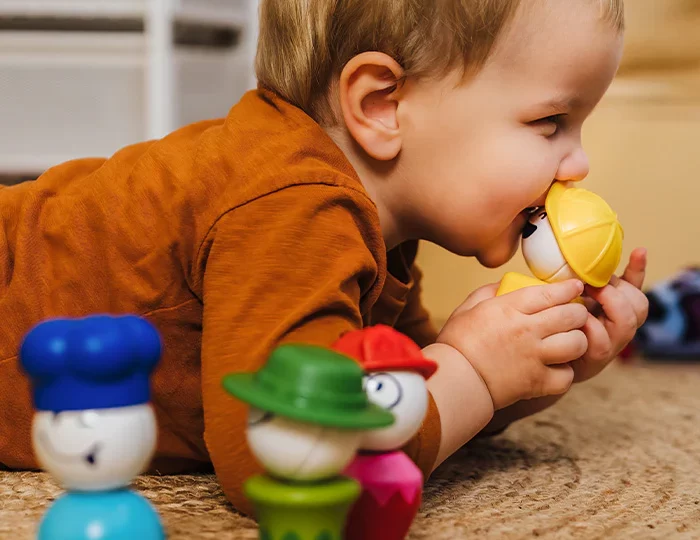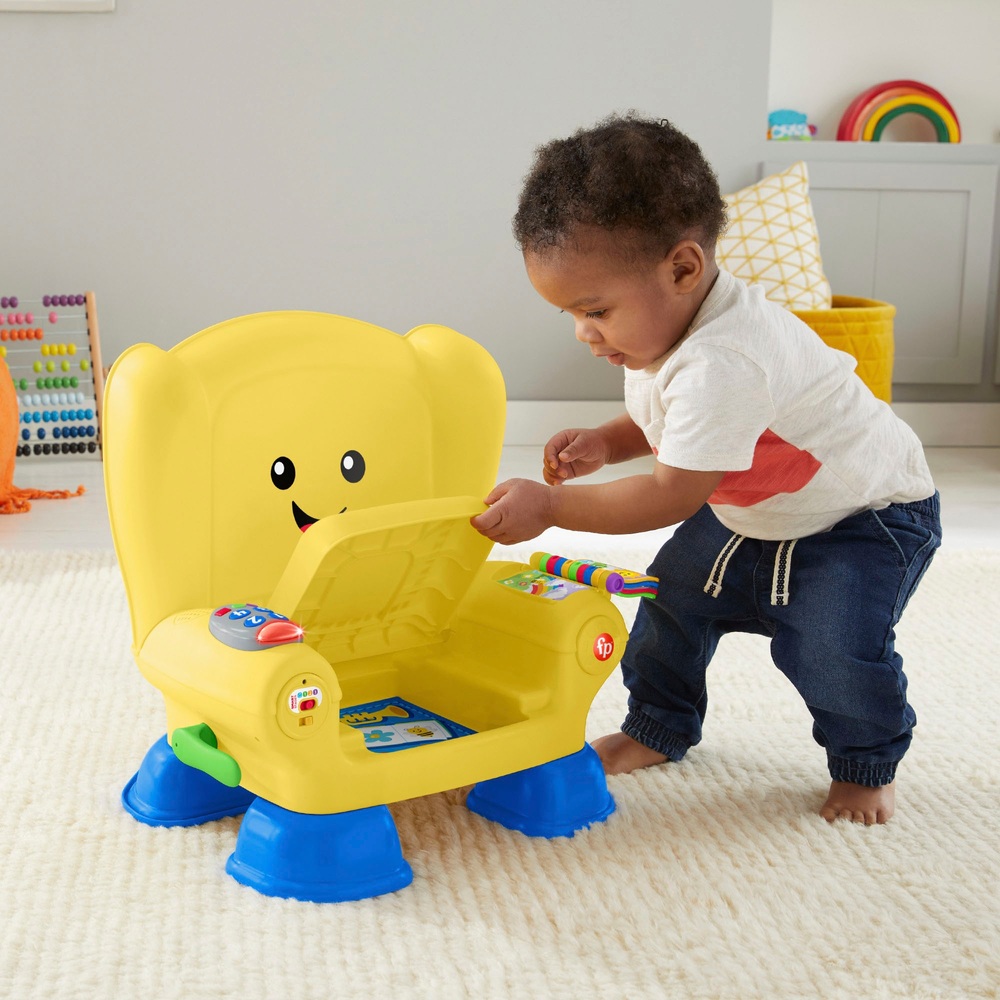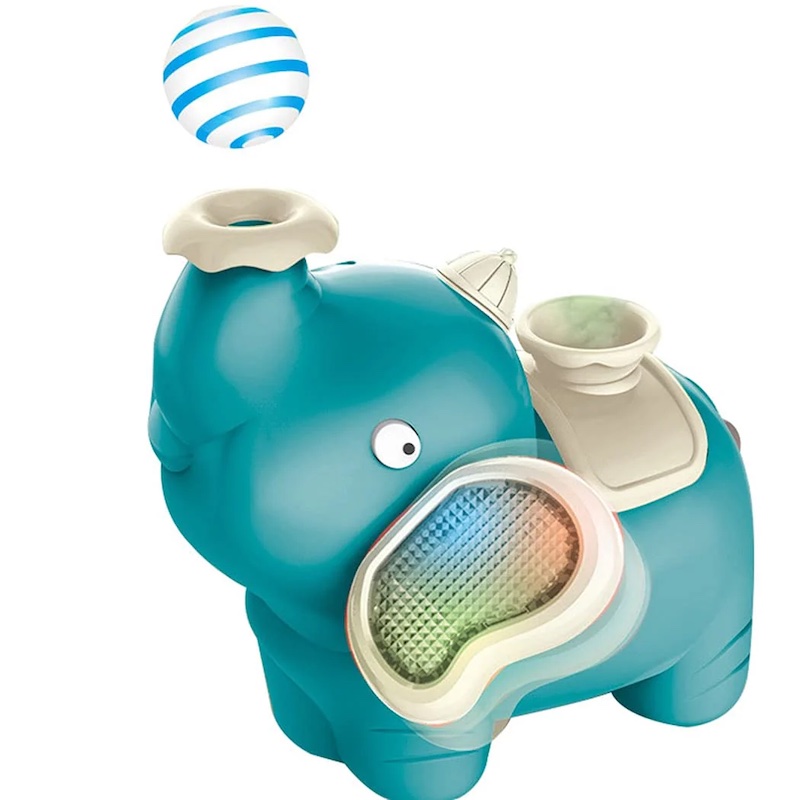
The Future of Play: Exploring the World of Smart Toys
Introduction
Smart toys are an innovative and exciting development in the world of children’s play. These toys are designed to interact with children in a way that promotes learning, creativity, and engagement. They often feature interactive technology such as sensors, cameras, and microphones, as well as the ability to connect to the internet and other devices.
With the rapid advancement of technology, the world of play has also undergone a significant transformation. Smart toys, also known as connected toys, are playing a growing role in shaping children’s play experiences. These toys are equipped with interactive features and connectivity to digital devices, offering a unique and immersive play experience. In this article, we will explore the world of smart toys, their impact on children’s development, and the potential challenges they may present.
Part 1: The Evolution of Smart Toys
One of the key benefits of smart toys is their ability to adapt to the individual needs and interests of each child. For example, some smart toys can adjust their activities and level of difficulty to suit a child’s skill level, ensuring that they are consistently challenged and engaged. This personalized approach to play can help children develop a sense of mastery and accomplishment, as they are able to progress at their own pace.
Level 1: Historical Perspective
The concept of smart toys is not entirely new. Over the years, toy manufacturers have integrated technology into traditional toys, such as adding sound effects or lights. However, the emergence of smart toys has taken these advancements to a whole new level, offering seamless connectivity and interactivity.
Level 2: Cutting-Edge Features
Today’s smart toy is equipped with cutting-edge features, such as voice recognition, artificial intelligence, and augmented reality. These features enable a more personalized and immersive play experience, blurring the line between the physical and digital worlds.
Part 2: Benefits of Smart Toys
Smart toys also have the potential to enhance the learning experience for children. Many smart toys will teach specific skills or concepts, such as coding, math, or language. They can do this through interactive games, puzzles, and activities that make learning fun and engaging. Additionally, some smart toys are designed to provide real-time feedback and guidance, helping children learn from their mistakes and improve their skills.
Level 1: Educational Value
One of the key benefits of smart toys is their potential to enhance children’s learning experiences. Many smart toys are designed to teach children a range of subjects, from math and science to language and problem-solving skills. With interactive features and engaging content, these toys can make learning more fun and accessible for children.
Level 2: Developmental Stimulation
Smart toy also provide opportunities for children to develop essential skills, such as critical thinking, creativity, and social interaction. Through engaging in interactive play, children can hone their cognitive and motor skills, as well as their ability to collaborate and communicate with others.
Part 3: Concerns and Criticisms
Level 1: Privacy and Security Risks
One of the major concerns surrounding smart toy is the potential for privacy and security risks. As these toys collect and transmit data, there is a possibility of unauthorized access to sensitive information, posing a threat to children’s privacy and safety.
Level 2: Screen Time and Sedentary Behavior
Another criticism of smart toys is their potential to contribute to increased screen time and sedentary behavior among children. With the growing reliance on digital devices for play, there is a risk of reduced physical activity and the associated health implications.
Part 4: Parental Guidance and Regulation
Level 1: Active Involvement
Given the potential risks and challenges associated with smart toys, parents play a crucial role in guiding their children’s use of these devices. It is essential for parents to remain actively involved in their children’s play experiences, setting limits and monitoring their interactions with smart toy.
Level 2: Regulatory Measures
Government bodies and regulatory organizations have also recognized the need for safeguards and guidelines around smart toy. Efforts are being made to establish standards for privacy protection, data security, and content appropriateness, aiming to ensure the responsible development and usage of the smart toy.
Part 5: The Future of Play
Level 1: Continued Innovation
As technology continues to evolve, the landscape of smart toys can undergo further innovation and development. New advancements in artificial intelligence, virtual reality, and robotics are likely to revolutionize the way children play and interact with toys.
Level 2: Balancing Technology and Tradition
Despite the rise of smart toy, traditional, non-digital play remains an integral part of children’s development. Finding a balance between technology-driven play and traditional forms of play is essential in providing children with a diverse and enriching play experience.
Part 6: Safety Concerns of Smart Toys
Level 1: Privacy and Data Security
Smart toys can collect, process, and store data, including personal information such as names, photos, and voice recordings.
Level 2: Potential Risks for Children
There are also concerns about the potential risks that smart toy may pose to children, such as exposure to inappropriate content, cyberbullying, and online predators.
Part 7: Regulation and Legislation
Level 1: Lack of Regulation
Currently, the smart toy industry is not heavily regulated, which means that manufacturers have a lot of freedom in how they design and market these products. This lack of regulation has led to some concerns about the safety and security of smart toys.
Level 2: Efforts to Regulate Smart Toy
Some governments and regulatory bodies have started to take action to address the potential risks associated with smart toys. For example, the European Union has introduced the General Data Protection Regulation (GDPR), which includes provisions specifically related to children’s data protection. Additionally, the U.S. Federal Trade Commission (FTC) has issued warnings to manufacturers about the risks of smart toys and has taken enforcement actions against companies that violate children’s privacy laws.
Part 8: Educating Parents and Children About Smart Toys
Level 1: Awareness and Understanding
Many parents and children may not fully understand the potential risks and benefits of the smart toy. It is important to educate them about the various features of smart toys, as well as the potential security and privacy concerns associated with these products.
Level 2: Promoting Safe and Responsible Use
Education should also focus on promoting safe and responsible use of smart toys. This includes teaching children about the importance of not sharing personal information online and guiding parents on how to secure their smart toy and monitor their children’s usage. Additionally, it is important to encourage open communication about smart toy usage and set boundaries to ensure a safe and positive experience for all users.
Conclusion
In addition to their educational and developmental benefits, smart toys can also offer entertainment and enjoyment for children. Many smart toy has engaging and appealing designs that capture children’s attention and spark their imagination. They can also provide hours of fun and entertainment, helping children to relax and unwind while engaging in enriching play experiences.
Overall, smart toys have the potential to revolutionize the way children play and learn. By combining innovative technology with engaging and educational content, smart toy can provide children with a rich and rewarding play experience that promotes their development and well-being.
Smart toy has undeniably reshaped the world of play, offering a blend of educational value, interactive features, and immersive experiences. While they present numerous benefits, it is important to address the associated concerns and challenges, ensuring the responsible and mindful use of these technologies. With thoughtful guidance and regulation, smart toy has the potential to enrich children’s play experiences and contribute to their overall growth and development in the digital age.


